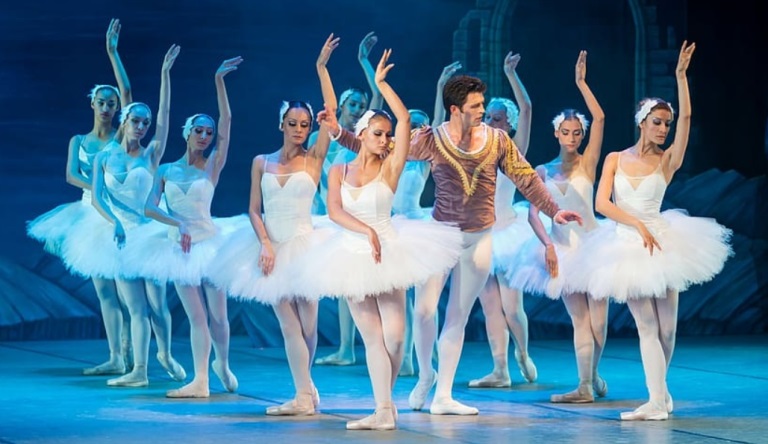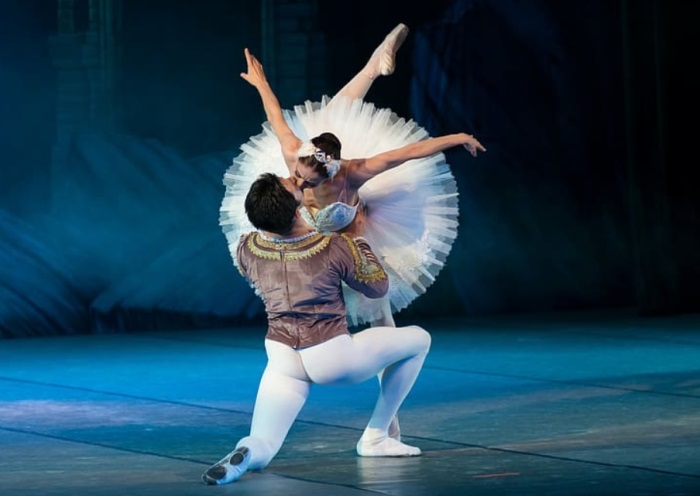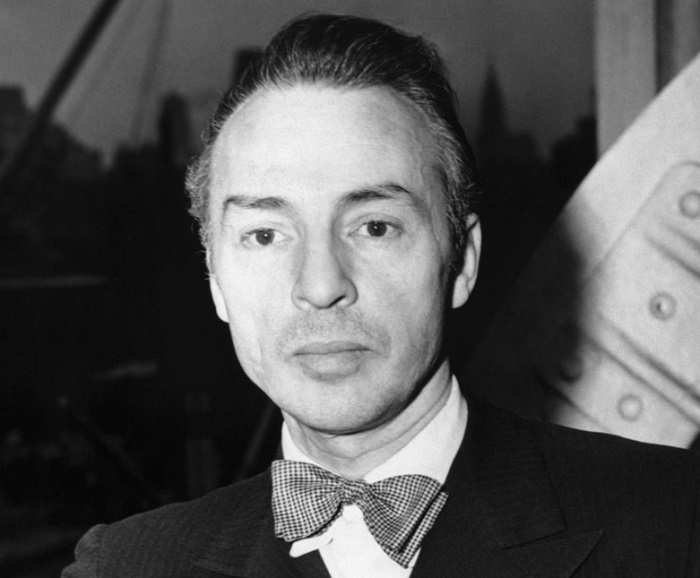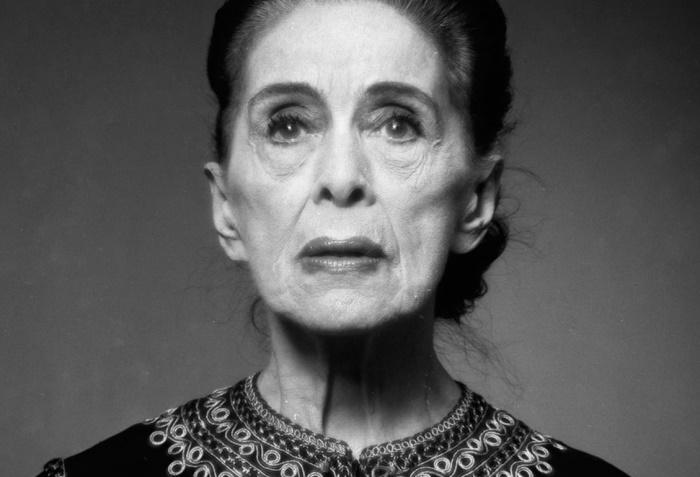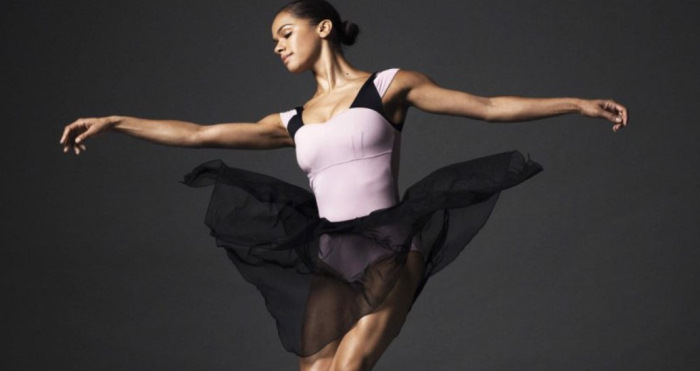Whenever “dancing” is mentioned, most people immediately think of ballet dance. With its grace, precision, and timeless elegance, ballet has been a staple in the art scene for centuries.
In this article, we delve into the enchanting world of ballet, exploring its origins, mesmerizing ballet dance moves, iconic attire, and the remarkable dancers who have brought this art form to life.
Table of Contents
What Is The Ballet Dance?
So, what does the word “ballet” means?
It’s a French word that took its root from the Italian word Balleto, which is the diminutive form of the word ballo, meaning “to dance.”
So, there’s your fun fact of the day: “Ballet” literally just means “dance.”
From France, the word Ballet was imported into England and finally adopted into the English language around the 1600s.
The dance we know as ballet has roots in the Italian Renaissance courts. Over time, it evolved into a captivating art form requiring exceptional skill.
When ballet dancers take the stage, they showcase their mastery through intricate footwork and complex positions. Every movement is characterized by fluidity and grace.
Classical ballet is often associated with the beautiful melodies of classical music, which accompanies every performance. The dancers also captivate the audience with their stunning, meticulously designed costumes.
You might encounter variations incorporating contemporary music and alternative costumes in modern ballet.
However, the fundamental dance techniques remain the same, with special emphasis on the dancer’s elegance and precision!
Ballet Dance Origin & History
As we mentioned earlier, the root of ballet originated in the Italian Renaissance courts in around either the 15th or the 16 centuries.
From Italy, it spread to France due to the influence of Catherine de’ Medici. It’s here that ballet developed even further.
Early court ballets were most performed by noble amateurs wearing ornate costumes. While these costumes were certainly impressive, they greatly restricted their freedom of movement.
So, ballet at this time wouldn’t look like the freeing, technically-challenging dance we see in theaters today.
The early ballet was performed in large chambers, then transitioned to the proscenium arch from 1618 onwards. This allows audiences to appreciate professional dancers’ technical feats rather than the amateurish performances of courtiers.
Under King Louis XIV, ballet flourished into a veritable art form. He founded the Académie Royale de Danse in 1661.
This institution was instrumental in formalizing ballet techniques and codifying its vocabulary. It laid the foundation for developing ballet as a distinct art form.
It’s because of the Académie Royale de Danse that the glossaries in ballet, such as “Arabesque” and “Pas de Deux” are in French!
During this period, the first professional ballet company was created: the Paris Opera Ballet. Jean-Baptiste Lully and ballet master Pierre Beauchamp led the company.
The duo played a crucial role in ballet’s development, including creating the five major positions of the feet.
While ballet declined in France after 1830, it flourished in other parts of Europe, such as Denmark, Italy, and Russia.
The arrival of Sergei Diaghilev’s Ballets Russes in Europe before World War I revived interest and ushered the dance into the modern era.
Ballet’s influence spread to other dance genres in the twentieth century, with innovative choreographers like George Balanchine and Merce Cunningham pushing boundaries and exploring new movement vocabularies.
Today, ballet remains a vital and cherished art form, with ballet companies, schools, and dancers worldwide dedicated to preserving its traditions while pushing it forward with contemporary interpretations.
Four Ballet Dance Styles
Like most art forms with such a long history, ballet has undergone several periods of evolution and transformation.
To date, musicologists and choreographers determined that there have been four special periods (or “styles”) in ballet’s history. Each with its own distinct characteristics.
Classical Ballet
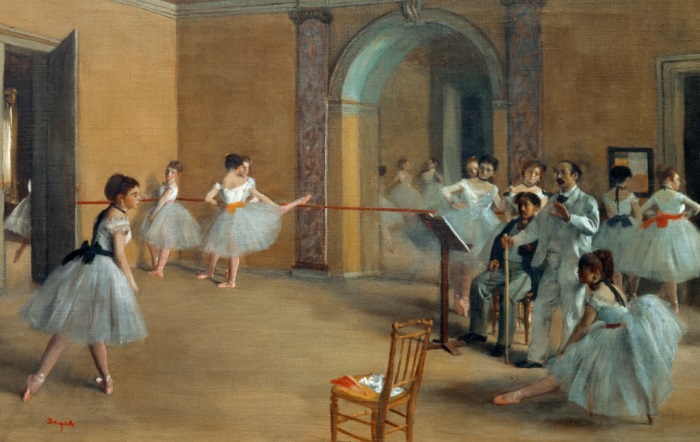
This is the style that most people will think of whenever “ballet” is mentioned.
Precision and technique are paramount in classical ballet. Dancers typically have to undergo years of rigorous training to achieve impeccable control, balance, and mastery of intricate movements.
Classical ballet also places a strong emphasis on storytelling and narrative.
Through movement, expression, and music, dancers convey emotions, depict characters, and tell stories, often drawing from classical literature and mythology.
Iconic examples include timeless masterpieces like Swan Lake, Sleeping Beauty, and The Nutcracker.
Each country has its own distinct flavor of classical ballet, such as France, Italy, England, and Russia. Each style is associated with specific training methods, often named after their creators.
For instance, the Royal Academy of Dance method combines Italian, French, Danish, and Russian techniques to form a unique English style of ballet.
Romantic Ballet
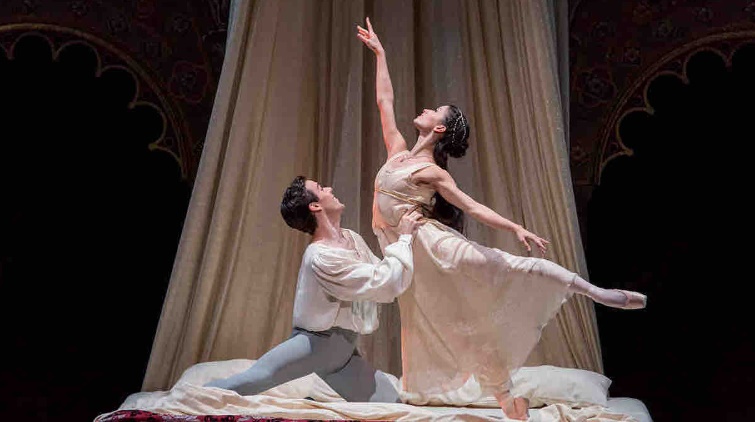
Romantic ballet represents a pivotal period in the evolution of classical ballet, blending technical virtuosity with an exploration of human emotions and otherworldly themes.
The Romantic ballet movement emerged during the early to mid-19th century. It introduced elements integral to classical ballet today, such as pointe work.
The costumes also underwent a transformation, with longer, flowing tutus designed to evoke a sense of softness and delicacy.
Romantic ballet productions often revolved around enchanting spirit women, such as sylphs, wilis, and ghosts, captivating mortal men with their allure.
La Sylphide, which premiered in 1827, is widely recognized as the first significant work of the Romantic ballet era.
Meanwhile, Coppélia, which debuted in 1870, is considered one of its final productions.
One of the top choreographers of this era was Jules Perrot, who’s known for his choreography, particularly for Giselle. It’s widely considered one of the best (if not the best) romantic ballet ever.
Neoclassical Ballet
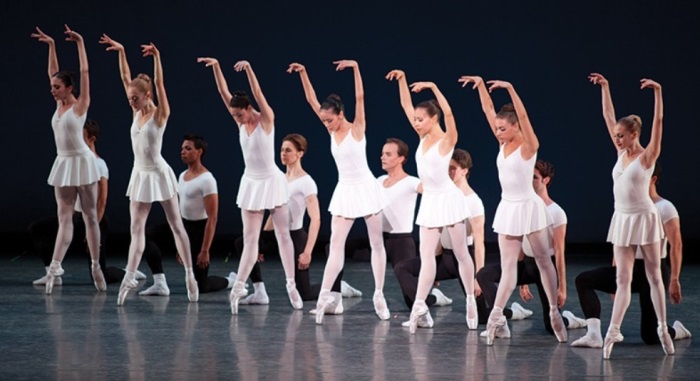
After romantic ballet came neoclassical ballet, the theme evolved to include abstract concepts of nature. Neoclassical ballets typically don’t have any clear plot, costumes, or scenery.
The choice of music in neoclassical ballet often includes pieces from the neoclassical era, such as works by Stravinsky and Roussel.
Considered the pioneer of neoclassical ballet, George Balanchine’s Apollo, which premiered in 1928, marked a return to classical form in response to the abstract ballets of Sergei Diaghilev.
While Balanchine is often associated with neoclassical ballet, other choreographers also made significant contributions.
For example, Frederick Ashton’s Symphonic Variations (1946) is one such notable work.
Modern Ballet (Contemporary Ballet)
Modern ballet is a dynamic dance style often performed barefoot. It served as the bridge that connected the gap between classical ballet and contemporary dance.
Modern ballet incorporates elements of mime, acting, and various musical styles, including orchestral compositions and occasionally vocals.
George Balanchine is recognized as a pioneer of modern ballet.
Choreographer Twyla Tharp further expanded the genre with groundbreaking works like Push Comes To Shove (1976) and In The Upper Room (1986), which blended modern movements with the use of pointe shoes and classically trained dancers.
Today, numerous contemporary ballet companies and choreographers contribute to the art form’s evolution.
Alonzo King’s LINES Ballet and Matthew Bourne’s New Adventures are notable examples.
Even traditionally “classical” companies, such as the Mariinsky (Kirov) Ballet and the Paris Opera Ballet, regularly perform contemporary works.
Six Ballet Schools Of Technique
Considering how ballet is such a complex and demanding discipline, many different schools and systems have been thought up over the years to teach and maintain the tradition of this art form.
Today, there are six major “schools of technique” that are used to teach promising dancers around the world.
French Method
The French Method serves as the foundation for ballet training worldwide and for good reasons. It’s among the oldest dance education systems still in use today.
Its origins can be traced back to Louis XIV’s Académie Royale de Danse in 1661, emphasizing technical precision, fluidity, and gracefulness.
Dancers strive to achieve elegant, clean lines and execute fast footwork to create an illusion of floating effortlessly across the stage.
Notably, the technique places specific importance on the execution of port de bras (movement of the arms) and épaulement (placement of the shoulders and upper body).
These movements are characterized by roundedness, whose degree fits between the Russian style (which requires more roundedness) and the Danish style, requiring less.
Although the French system has been used for centuries, it fell out of favor in the 20th century.
It was revitalized and put back into use in the 1980s under the influence of Rudolf Nureyev. His works were so influential that many refer to the French system as the “Nureyev school.”
Check more: Basic Ballet Positions With Pictures For Beginners
Vaganova Method
The Vaganova method, named after its creator Agrippina Vaganova, is a prominent style of ballet training that originated from Russian ballet.
Vaganova, a renowned dancer who turned to teaching after retiring in 1916, developed this method at the Leningrad Choreographic School in 1921.
Her influential book, The Fundamentals of Classical Dance (1934), remains a key reference book for every ballet dancer.
It provides detailed guidance on when to teach technical components to students, the duration of focus on each aspect, and the emphasis at different stages of a dancer’s career.
The Vaganova method is a combination of three elements: the classical French style, the Italian style’s athleticism, and the passion of the Russian style.
This style emphasizes the dancer’s strength development, flexibility, and endurance, which are all necessary for ballet.
The Vaganova method put equal importance on the arms and legs during ballet performances (unlike the focus on the upper body in the French method.)
Cecchetti Method
The Cecchetti method is developed by Enrico Cecchetti (1850-1928).
It is special in that it has a very intense focus on understanding the anatomy of the human body.
It’s believed to be the key knowledge that can elevate a ballet performance and enable ballet students to develop their own artistry rather than relying solely on imitation.
The Cecchetti method highlights the importance of balance, elevations, ballon (the ability to appear light and effortless in jumps), poise, and strength.
It emphasizes the notion that the entire body functions as a cohesive unit, with all parts moving harmoniously to create beautiful lines, and discourages thinking of ballet in terms of isolated body parts like the arms, legs, neck, and torso.
A notable feature of the Cecchetti method is the utilization of eight distinct port de bras (movements of the arms).
These port de bras contribute to the expressive range and versatility of the dancers trained in this method.
Bournonville Method
The Bournonville method is named after August Bournonville, a Danish ballet master and choreographer.
Bournonville’s training under influential French ballet masters, including his father, Antoine Bournonville, greatly influenced the creation of this approach.
A vital characteristic of the Bournonville method is the utilization of diagonal épaulements, where the upper body turns towards the working foot. This technique adds a unique quality to the movements.
Additionally, the method incorporates simple arm positions, pirouettes initiated from a low développé position into seconde, and fifth position bras en bas (arms low) to mark the beginning and end of movements.
The Bournonville method is known for producing dancers who are incredibly light on their feet during jumps and fast, dynamic segments of the dance (ballon).
The Royal Academy of Dance method (RAD)
Also known as the English ballet style, the Royal Academy of Dance (RAD) method was established in 1920 by Genee, Karsavina, Bedells, E. Espinosa, and Richardson.
It has a rather academic structure consisting of graded levels students progress through as their skills improve.
A fundamental principle of the RAD method is teaching basic ballet techniques slowly, gradually progressing in difficulty.
The intention is for students to invest significant effort into perfecting the foundational ballet dance steps.
Once the basics are mastered, and the students have developed a strong technical foundation, they can start to execute more advanced movements with greater ease, proficiency, and, most importantly, a lower risk of career-ending injuries (which isn’t rare in professional ballet.)
Balanchine Method
The Balanchine method, developed by the legendary George Balanchine at the New York City Ballet, draws heavily on his training as a dancer in Russia.
This technique focuses on speed, clean lines, and deep pliés.
Another distinctive feature of this style is the unorthodox positioning of the body, where dancers often exhibit flexed hands and feet, as well as off-balance positions.
Ballet studios such as the Miami City Ballet, Ballet Chicago Studio Company, and the School of American Ballet in New York are important centers for teaching this method.
Ballet Dance Attire
Ballet costumes hold a significant role within the ballet community, often preserving the visual essence of a production long after its conclusion.
The history of ballet costumes can be traced back to the Renaissance and Baroque eras, where court wear was the early inspiration.
After all, the earliest dancers of the ballet were courtiers. Fabrics like cotton, silk, and gauze were intricately woven to create exquisite costumes.
Throughout the 17th and 18th centuries, ballet costumes became more extravagant and visually captivating.
Women’s costumes were characterized by heavy garments and knee-long skirts, which, while distinctive and eye-capturing, greatly limited the dancers’ range of motions.
The 19th century witnessed Romanticism, reflected in the use of close-fitting body costumes, floral crowns, and jewels. Corsets were introduced to accentuate the ballerina’s curves.
In the 20th century, Russian ballet reemerged as a significant influence, leading to the iconic knee-length tutus. Vibrant colors, such as red, orange, and yellow, became prevalent in stage costumes.
They became a staple all the way up until today, where, unless you’re watching a contemporary performance (in that case, anything goes!), tutus are still the norm.
Ballet Dance Music
Virtually all ballet productions are done on top of orchestral (otherwise known as classical) music. These pieces were composed specifically for ballet. As such, they’re aptly called “ballet music.”
However, ballet doesn’t possess a distinct sound that separates it from other forms of classical music. Instead, the music is composed to fit the choreography as much as possible.
Composers tailor their music to match the ballet’s movements, emotions, and narratives, creating a harmonious relationship between dancers and musicians.
Five Famous Ballets
Swan Lake
Swan Lake, composed by Tchaikovsky, is often considered one of the most famous ballets of all time.
The ballet tells the story of a young prince, Siegfried, who falls in love with Odette, a beautiful princess cursed to live as a swan by day.
It explores themes of love, magic, and the struggle between good and evil, as Siegfried battles the sorcerer Von Rothbart to break the curse and find true love.
The Nutcracker
Another composition by Tchaikovsky, the Nutcracker, is a staple at theaters around the world every Christmas Eve.
Set during a festive Christmas party, The Nutcracker follows young Clara as she embarks on a magical journey with her beloved Nutcracker doll.
Together, they venture through the Land of Snow and the Kingdom of Sweets, encountering charming characters such as the Sugar Plum Fairy.
The Sleeping Beauty
Based on the classic fairy tale, The Sleeping Beauty is a Tchaikovsky ballet that tells the story of Princess Aurora, who falls into a deep sleep after being cursed by the wicked fairy Carabosse.
She is awakened by the kiss of Prince Florimund, leading to a grand wedding celebration.
The ballet showcases elegant choreography, lavish sets, and stunning costumes, capturing the timeless magic of the beloved fairy tale.
Don Quixote
Inspired by Miguel de Cervantes’ novel, Don Quixote is a lively and humorous three-act ballet originally composed by Marius Petipa.
It follows the adventures of the delusional knight Don Quixote and his loyal squire, Sancho Panza.
Set in Spain, the ballet combines colorful characters, captivating dances, and a romantic love story between the spirited Kitri and the charming Basilio.
It’s often considered one of the pinnacles of Spanish classical dances and arts.
Romeo and Juliet
This ballet is a production of the Russian composer Sergei Prokofiev based on William Shakespeare’s tragic play Romeo and Juliet.
It tells the tale of two young eponymous lovers – Romeo and Juliet – who were kept apart by their feuding families.
This ballet highlights their passionate and ill-fated romance with powerful emotions and dramatic twists.
The ballet showcases the breathtaking pas de deux and emotionally-charged choreography of Ivo Váňa-Psota, all to the alluring music of Prokofiev.
Notable Ballet Dancers
George Balanchine
George Balanchine (1904-1983) was a renowned ballet choreographer and one of the most influential figures in the history of dance.
Born in Saint Petersburg, Russia, Balanchine trained at the Imperial Ballet School and later danced with the Mariinsky Ballet.
In 1924, he joined Serge Diaghilev’s Ballets Russes, where he developed his choreographic skills.
And while his skills were exceptional, Balanchine is mostly known today for his role as a dance educator and a choreographer.
In 1933, he co-founded the School of American Ballet and later became the co-founder and artistic director of the New York City Ballet.
In this role, he choreographed over 400 works, including iconic ballets like Serenade, Apollo, and The Nutcracker.
His revolutionary approach to ballet broke traditional boundaries. And his collaborations with composers like Igor Stravinsky and George Gershwin reshaped the art form.
Martha Graham
Martha Graham (1984 – 1994) was a pioneering American modern dancer and choreographer.
She is renowned for her influential style known as the Graham technique, which revolutionized American dance and continues to be taught worldwide.
Her career was nothing short of amazing.
She was the first dancer to perform at the White House, was a cultural ambassador on international tours, and was honored with many prestigious awards, including the Presidential Medal of Freedom with Distinction in 1976 by President Gerald R. Ford.
Graham’s impact was recognized globally, from the Key to the City of Paris to Japan’s Imperial Order of the Precious Crown.
In her own words, Graham described her lifelong relationship with dance, acknowledging the art form’s intense and sometimes challenging nature.
The Martha Graham School, founded in 1926 alongside her professional dance company, is the oldest dance school in the United States.
From its humble beginnings in a small studio within Carnegie Hall, the school has since expanded to two locations in New York City, preserving Graham’s legacy and continuing to nurture future generations of dancers.
Misty Copeland
Misty Copeland is widely regarded as one of the most famous ballet dancers out there. She’s currently the principal dancer for the prestigious American Ballet Theater (ABT).
Her promotion to this rank was historic.
In 2015, Misty made history by becoming the first African American ballet dancer to attain the rank of principal dancer in the ABT’s 75-year history.
Despite starting at the relatively late age of 13, Misty’s unwavering dedication and exceptional talent propelled her to rapid success.
But her achievements have extended way beyond the ballet theater, with notable appearances in advertisements, Broadway shows, and films.
Misty has received numerous accolades, including being named one of Time magazine’s 100 Most Influential People worldwide.
Final Words
From its origins in the Renaissance courts to the modern innovations of choreographers like Balanchine and Graham, ballet has continued to push boundaries and captivate audiences worldwide.
And through its exquisite choreography, expressive movements, and the seamless union of music and dance, ballet has never ceased to amaze the enthusiastic mass audience!
